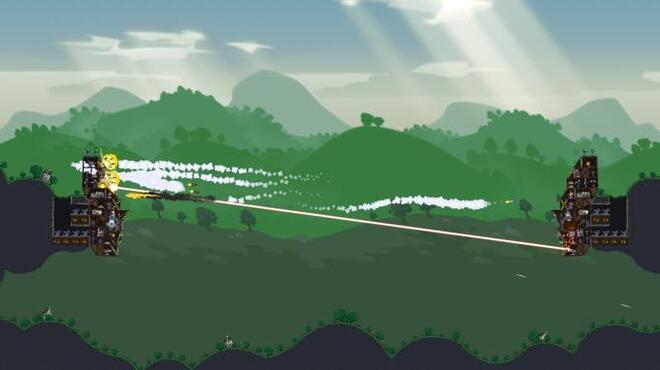
The Confederates demanded immediate evacuation of the fort.

Robert Anderson, who had been holed up there since just after Christmas with a tiny garrison of 87 officers and enlisted men-the last precarious symbol of federal power in passionately secessionist South Carolina. Davis led the envoys to the fort’s commander, Maj. Army-no relation to the newly installed president of the Confederacy-met the arriving delegation. Slaves rowed the passengers the nearly three and a half miles across the harbor to the looming hulk of Fort Sumter, where Lt. The vessel carried three envoys representing the Confederate States government, established in Montgomery, Alabama, two months before.

In particular see Link which has a lot of facts and figures about the fort as well as plans and a virtual "tour".On the afternoon of April 11, 1861, a small open boat flying a white flag pushed off from the tip of the narrow peninsula surrounding the city of Charleston. Not surprisingly for such an historic building, it is listed as Grade I by English Heritage - see Link

As such it would have been a primary target for attack by the Luftwaffe, but its strategic importance was carefully downplayed and not advertised by excessive defensive batteries of anti-aircraft guns for example.įor more information on the fort's history see Link Fort Nelson in particular was used for various purposes during both these wars, and in WWII held a vast quantity of armaments awaiting use. During the subsequent world wars of the C20th, the forts continued to play an important role in the defence of the country, though not in the ways that had originally been planned. None of these Palmerston Forts ever actually fired a shot in anger and were therefore often seen as expensive "white elephants", but as with all forms of defence they may well have helped to prevent an attack, and therefore served their purpose. In many ways the basic design of these forts as exemplified by Fort Nelson was a development of the Star Forts of Henry VIII, but with modern (C19th) innovations and enhancements. Each fort's range overlapped with adjacent forts in order to both create a continuous chain of defence, and so that should one fort fall to the enemy the adjacent fort or forts could bombard it and stop it being used by the enemy themselves.
/cdn.vox-cdn.com/uploads/chorus_image/image/60019709/thermal_scoped_ar.0.jpg)
The forts were built some way inland from the ports themselves as they were to defend these bases from encircling attacks.
#FORTS GAME MORTAR IMAGE SERIES#
It was one of a whole clutch of major fortifications built in this period to defend Britain from the perceived danger of attack from France.Ī series of forts, batteries and redoubts were built along the South Coast near to the major Naval bases, especially Portsmouth (as in this case) and Plymouth. This equates to many millions of pounds in today's money. Fort Nelson was built at considerable expense (£78,649) in the 1860s on the orders of Lord Palmerston, the then Prime Minister.


 0 kommentar(er)
0 kommentar(er)
